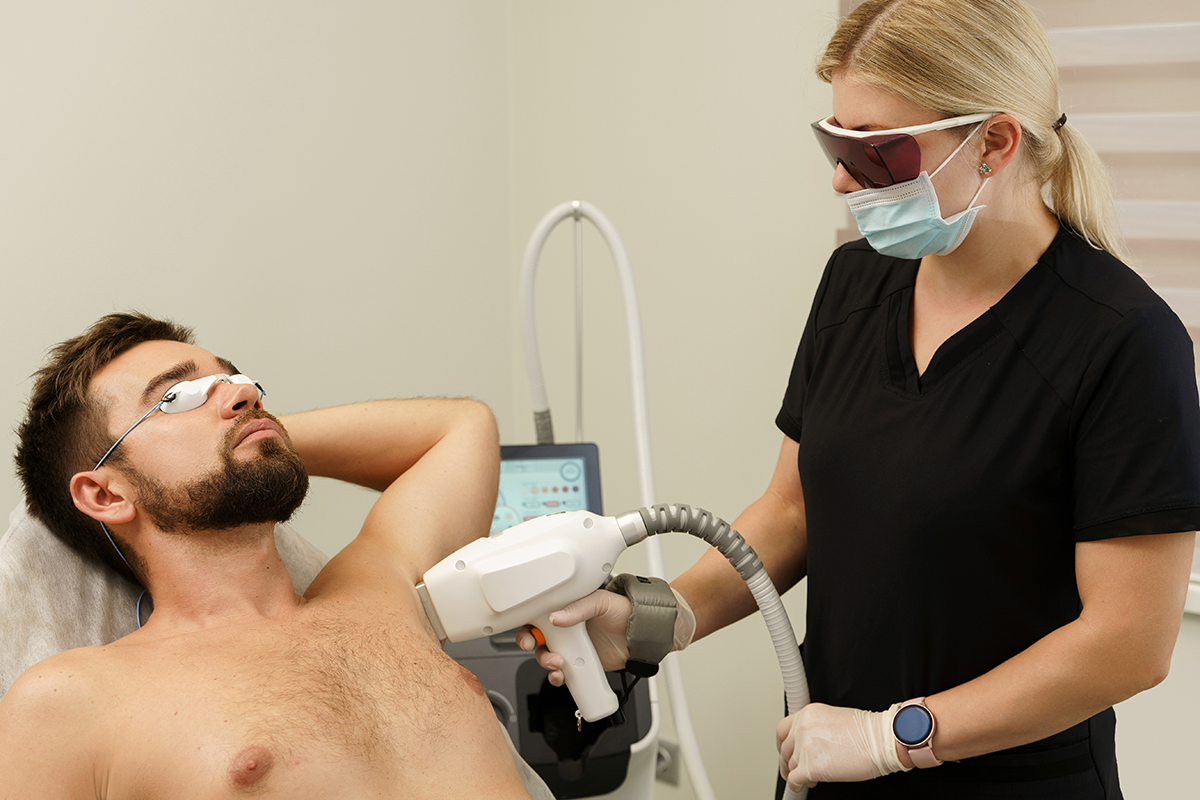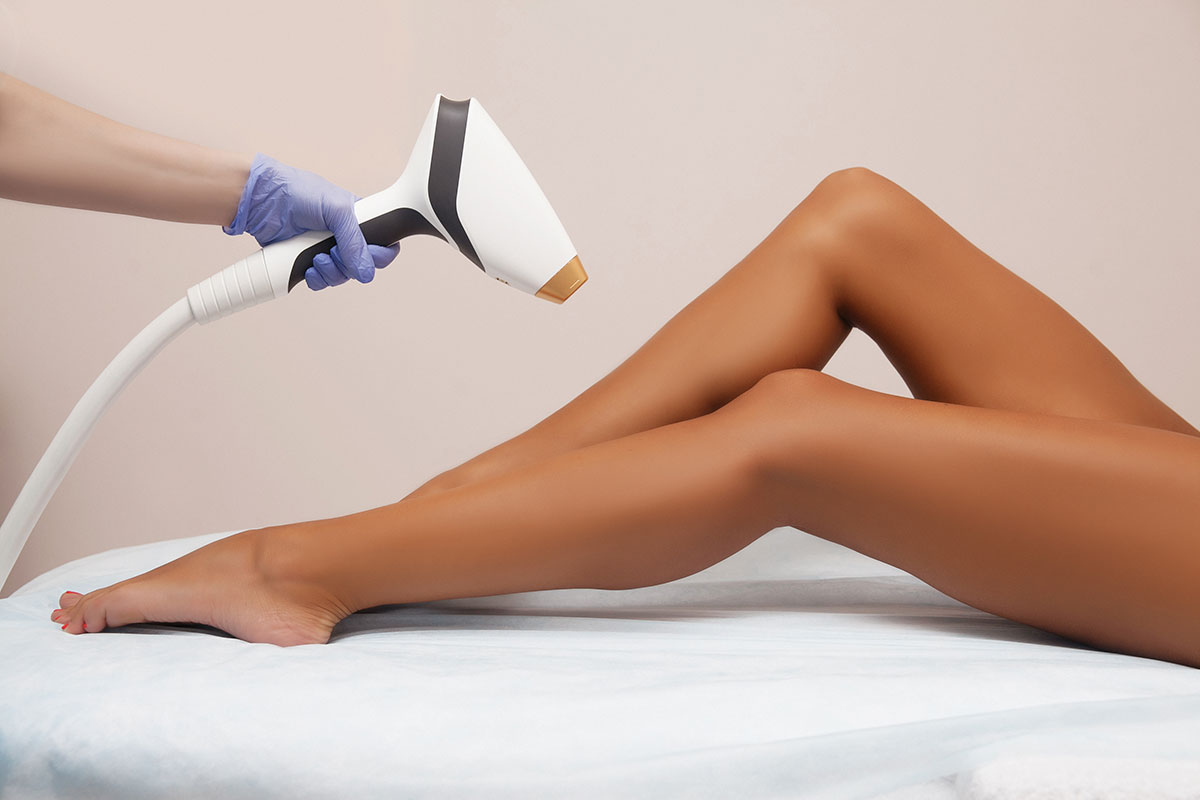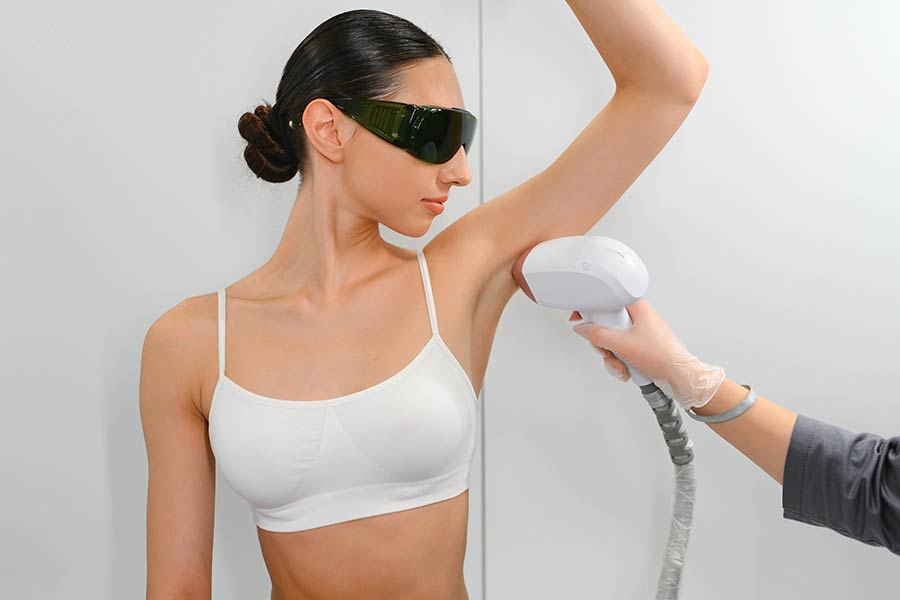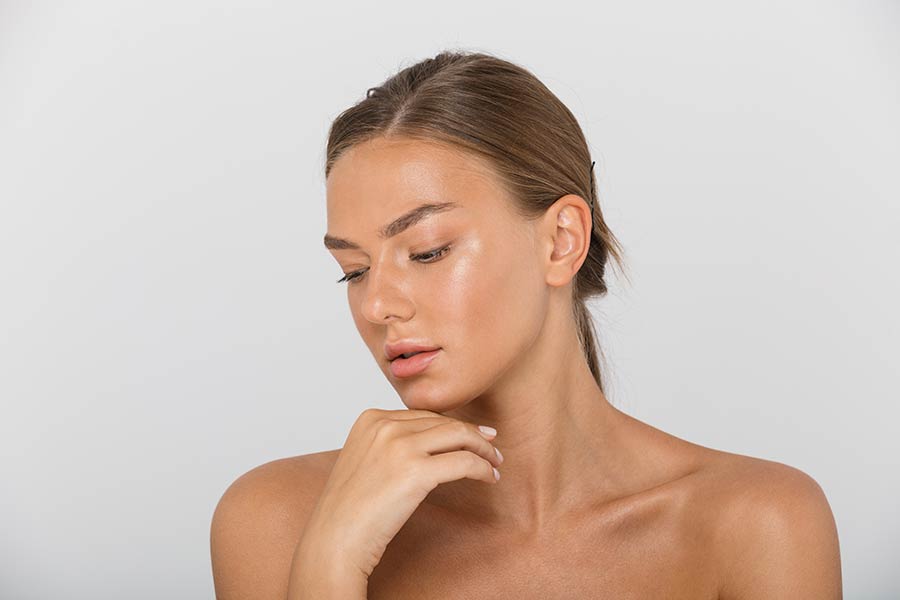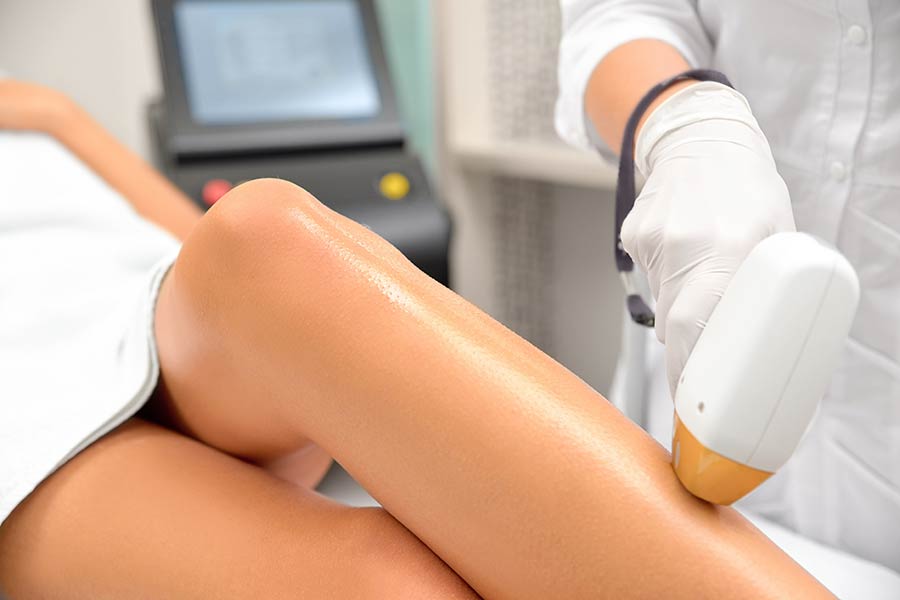Ever wondered about the magic behind those picture-perfect celebrity pouts? Well, lip fillers are often the secret, but they're not just for the stars. In recent years, this beauty trend has skyrocketed in popularity among people looking for that extra boost of confidence. However, diving into the world of cosmetic enhancements comes with its set of questions, and "How long do lip fillers last?" tops the chart. The answer isn't as straightforward as one might hope; it varies based on several factors including the type of filler used, your body's reaction to it, and how well you maintain your lips post-treatment. Let's break down these aspects to give you a clearer picture of what to expect from your lip enhancement journey.
Key Takeaways
- Lip fillers, a popular cosmetic treatment for enhancing lip volume, typically last between 6 to 18 months, depending on various factors such as the type of filler used and individual metabolism rates.
- To maintain the desired effects, regular touch-up sessions are recommended, as outlined in the "Maintenance Strategies" section, ensuring lips stay plump and the results remain consistent.
- The "Duration Factors" section highlights that lifestyle choices, like smoking and sun exposure, can significantly impact how long fillers last, suggesting that adopting healthier habits can prolong the effects.
- Following the aftercare advice given in the "Before and After" section can not only enhance the longevity of lip fillers but also minimize potential side effects, making the overall experience more positive.
- For those seeking longer-lasting alternatives or enhancements to lip fillers, the "Alternatives and Additions" section provides insights into additional or complementary treatments that can help achieve desired outcomes.
- Understanding the natural "Fading Process" of lip fillers, as discussed, helps set realistic expectations and prepares individuals for the journey of maintaining or choosing to let the fillers naturally diminish over time.
Understanding Lip Fillers
Filler Types
Lip fillers have become a popular way to enhance the lips' appearance. The most common types are Hyaluronic Acid (HA), Calcium Hydroxylapatite, and Poly-L-lactic Acid. Each has its benefits and drawbacks.
HA fillers are known for their ability to attract water molecules, which helps maintain lip volume over time. They are also reversible, offering a safety net for those unsure about their decision. However, they may require more frequent touch-ups compared to other types.
Calcium Hydroxylapatite is praised for its longer-lasting results and its role in stimulating natural collagen production. But, it's firmer than HA, making it less ideal for those seeking a very natural feel.
Poly-L-lactic Acid stands out by gradually enhancing lip volume as it stimulates the body to produce collagen. This type offers long-lasting effects but requires patience as results develop over several treatments.
The choice of filler significantly affects longevity and results. It's vital to consider each type's characteristics when aiming for specific outcomes.
How Fillers Work
Fillers do more than just add volume; they play a crucial role in enhancing the overall appearance of the lips. By stimulating collagen production, they offer a dual benefit: immediate volume addition and long-term improvements in lip texture and firmness.
As fillers are injected, they begin to integrate with the lip tissue, smoothing out wrinkles and adding fullness. Over time, the body naturally absorbs these substances at varying rates depending on the filler type used. This absorption process contributes to how long the effects last before another treatment is needed.
Choosing the Right Filler
Selecting the appropriate filler is critical for achieving desired results while minimizing risks. Consulting with a professional ensures that factors such as desired volume, longevity, individual allergies, and overall goals are carefully considered.
Professionals can guide patients through the selection process by:
- Assessing their lip structure.
- Discussing previous reactions or allergies.
- Outlining realistic expectations based on individual goals.
This personalized approach helps tailor treatments that align with personal preferences and health considerations.
Duration Factors
Type of Filler
Different fillers offer varying durations of effect. Temporary fillers, commonly made from hyaluronic acid, last between 6 to 18 months. They are popular due to their natural look and feel. Plus, they provide flexibility for adjustments or complete reversal if desired. On the other hand, semi-permanent fillers can last up to several years. These are typically used for more significant volume enhancement.
Each type impacts how often you'll need maintenance treatments. Temporary options allow for easier tweaks over time, adapting to natural aging processes. Semi-permanent choices require less frequent visits but come with a higher commitment level.
Safety is paramount with any cosmetic procedure. Hyaluronic acid fillers have a strong safety profile, partly because they use a substance naturally found in the body. Semi-permanent options also maintain rigorous safety standards but may involve different risks due to their longevity and composition.
Metabolism Rate
Your body's metabolism plays a crucial role in how long lip fillers last. People with faster metabolisms might find their fillers dissipate quicker than those with slower metabolic rates. This is because the body breaks down and absorbs the filler material at varying speeds.
Discussing your health and metabolism rate with a professional can set realistic expectations. They can tailor advice based on your unique physiological traits, ensuring you're informed about potential longevity before proceeding.
Lifestyle Choices
Certain lifestyle factors can influence the lifespan of lip fillers. Smoking, for example, accelerates the breakdown of filler material, reducing its longevity. Similarly, prolonged sun exposure without protection can degrade the filler quality over time.
Dehydration also plays a role in how well your fillers hold up. Maintaining good hydration levels helps keep both your skin and the filler in optimal condition.
To maximize the duration of your lip enhancements:
- Avoid smoking.
- Limit sun exposure or apply broad-spectrum SPF regularly.
- Stay hydrated.
These steps not only support longer-lasting results but also promote overall lip health.
Average Lifespan
Timeline Overview
Lip fillers, a popular cosmetic treatment for enhancing lip volume and shape, come in various types. Each type has its own expected longevity. Temporary fillers, the most common choice, typically last from 6 months to a year. These are often made of hyaluronic acid, a substance naturally found in the body. Semi-permanent fillers can last longer, sometimes over a year, but are less frequently used due to their lasting nature and the commitment they require.
Setting realistic expectations is key. Most people will need a touch-up after about six months to maintain their desired look. This timeline can vary based on factors discussed earlier, such as metabolism and the specific filler used.
Results Timeline
After receiving lip fillers, patients usually see immediate results. However, these are not the final outcomes. The first few days post-injection often involve swelling, which can distort the initial appearance.
Typically, swelling subsides within a week or two. This period allows the filler to integrate properly with the lip tissue. After this short phase, patients can expect to see the true results of their treatment. The filler then enters a stabilization period where it settles into its final shape and volume. This process ensures that the lips achieve a natural-looking fullness that complements the individual's facial features.
Maintenance Strategies
Follow-up Treatments
After getting lip fillers, scheduling follow-up treatments is key. Most fillers need touch-ups every 6 to 12 months. This keeps your lips looking their best. Regular consultations let you adjust as your lips change over time. They ensure you're happy with the volume and shape of your lips. Follow-up treatments are a must to keep the desired look.
Enhancing Longevity
To make your lip fillers last longer, avoid heat and hard exercise right after the procedure. This helps the filler settle better. Using lip balm and drinking lots of water also keeps fillers from breaking down too fast. It's important to follow all care tips your doctor gives you after the procedure.
Fading Process
What to Expect
After getting lip fillers, immediate after-effects are common. You might see some bruising or swelling. This is normal and part of the process. The lips could look a bit uneven at first too. They need time to settle. Remember, these side effects won't last forever. They're temporary and you can manage them.
Planning Future Appointments
Knowing when to come back for more treatment is key. The first round of fillers gives us a clue about how your body reacts. Based on this, we can figure out the best timing for your next visit. Planning ahead for maintenance treatments is a smart move. It keeps your lips looking their best.
Keeping a photo diary helps a lot. It shows how the fillers change over time. You can share these photos with your practitioner to make better plans for future treatments.
Extending Filler Life
Care Tips Post-Procedure
After getting lip fillers, proper care is crucial for their longevity. For the first day, it's important to avoid makeup and hard exercise. This helps prevent irritation and allows the filler to settle properly.
Applying ice gently can help with swelling. It's a simple but effective way to keep discomfort at a minimum. However, it's vital not to press or rub your lips too much. Doing so might move the filler to places you don't want it.
Avoiding Acceleration
Certain habits can make lip fillers fade faster than they should. Smoking and drinking a lot of alcohol are big no-nos. They can break down the filler quicker, leading to more frequent touch-ups.
Eating well also plays a part in keeping your fillers intact longer. Foods rich in vitamins and antioxidants support skin health, which in turn helps maintain filler results. Regular visits to your practitioner are also key. They can check how your fillers are holding up and advise when it's time for a little refresh.
Alternatives and Additions
Injection Methods
The way lip fillers are injected plays a big role in how well they spread out and how long they last. Different injection techniques can lead to varied results, depending on what the person getting the filler wants. Some methods provide a more natural look, while others can offer a more dramatic change.
Practitioners might use a linear threading technique, where the filler is applied in a line inside the lip. They could also opt for a fan shape distribution for a fuller effect. The choice depends on the desired outcome and the specific features of the patient's lips.
Experience matters too. A skilled practitioner knows exactly where to place the filler for the best look and longevity. Their expertise ensures that fillers do their job well without causing problems. This means that not just any doctor should do this; you need someone who really knows their stuff.
Surgical Options
Comparing lip fillers to permanent surgical options, like lip implants, opens up another discussion. Surgery offers a lasting solution but comes with its own set of pros and cons.
One major advantage of surgery is that it's permanent. You don't have to go back for touch-ups like you do with fillers. However, this permanence is also its drawback. If you're not happy with the results, it's not easy to change them without another surgery.
Surgery requires a higher commitment level than fillers. It's more invasive, has a longer recovery time, and carries greater risks. Also, if trends change or your preferences shift, you're stuck with your decision unless you opt for additional procedures.
On the other hand, temporary fillers give you flexibility. You can adjust your look as trends evolve or as your taste changes. They're less of a commitment and can be reversed if you don't like the outcome.
Before and After
Expectation vs Reality
People often dream of perfect lips after getting fillers. They see images online and hope for the same. But, it's crucial to set realistic expectations. Not everyone will get the same results because each person's lips are different.
e think fillers will solve all lip concerns. This isn't always true. Fillers add volume but can't change natural shapes completely. It's a common misconception that one session is enough for dramatic changes. Most need more than one treatment for best results.
A thorough consultation helps align your wishes with what's possible. Your doctor can explain what fillers can and cannot do for you. They'll talk about your lip structure and how fillers might look on you. This step is key to avoid disappointment.
Viewing Photos
Looking at before-and-after photos is helpful. They show real outcomes of lip filler treatments. These photos help set realistic expectations for what's achievable.
Results vary based on your natural lip shape and the type of filler used. Some fillers give subtle enhancements, while others offer more volume. It's important to remember that your results may differ from those in photos.
Consulting with a practitioner is vital. They can show you photos of their work, especially on lips similar to yours. This gives a better idea of potential outcomes. Your doctor can also suggest which filler type might suit your needs best, considering any previous treatments discussed in "Alternatives and Additions."
Final Remarks
Lip fillers offer a dynamic way to enhance your smile, but they don't last forever. Understanding their lifespan and how you can extend it means you get the most bang for your buck. You've learned that several factors affect how long your fillers will stay plump, from the type of filler used to your body's unique response. Regular maintenance and following a few smart strategies can help you enjoy your luscious lips longer. Plus, exploring alternatives ensures you always have options to keep your pout perfect.
Now's the time to embrace the fuller, more vibrant lips you've been dreaming of. With the right care and knowledge, you can make those lip fillers last and continue to rock your confidence. Don't wait; start your journey towards the perfect smile today and keep turning heads with your stunning pout.
Frequently Asked Questions
How long do typically lip fillers last?
Lip fillers generally last between 6 to 18 months. The exact duration can depend on the type of filler used, your metabolism, and how your body reacts to the filler.
What factors affect the longevity of lip fillers?
The main factors include the type of filler used, your body's metabolism rate, lifestyle, and how much product is injected. Activities like smoking or sun exposure can also decrease their lifespan.
What is the average lifespan of lip fillers?
On average, lip fillers maintain their effect for about 12 months. However, this can vary widely based on individual circumstances and the specific product used.
Are there strategies to maintain lip filler results longer?
Yes, avoiding UV exposure, staying hydrated, maintaining a healthy lifestyle, and following up with touch-up treatments as recommended by your provider can help extend the life of your lip fillers.
How does the fading process of lip fillers work?
Lip fillers gradually dissolve into the body over time. This process is natural and happens because most fillers are made from substances that are biocompatible and absorbable by the body.
Can you extend the life of your lip fillers?
Yes, by following maintenance strategies like minimal sun exposure, not smoking, staying hydrated, and getting timely touch-ups based on your provider's advice.
What are some alternatives and additions to lip fillers?
Alternatives include fat grafting or lip implants for more permanent results. Additions might involve skincare treatments that enhance the lips' appearance or using complementary procedures like laser therapy for overall facial rejuvenation.



